Organic farming, also known as ecological farming or biological farming,[1][2][3][4][5] is an agricultural system that uses fertilizers of organic origin such as compost manure, green manure, and bone meal and places emphasis on techniques such as crop rotation and companion planting. It originated early in the 20th century in reaction to rapidly changing farming practices. Certified organic agriculture accounts for 70 million hectares (170 million acres) globally, with over half of that total in Australia.[6] Organic farming continues to be developed by various organizations today. Biological pest control, mixed cropping, and the fostering of insect predators are encouraged.
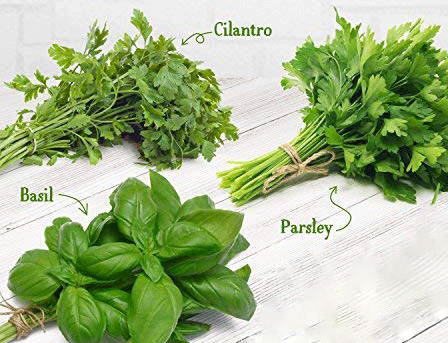
Few example:coriander,basil
mint,rosemary,
fenugreek,lemon balm,
sage.
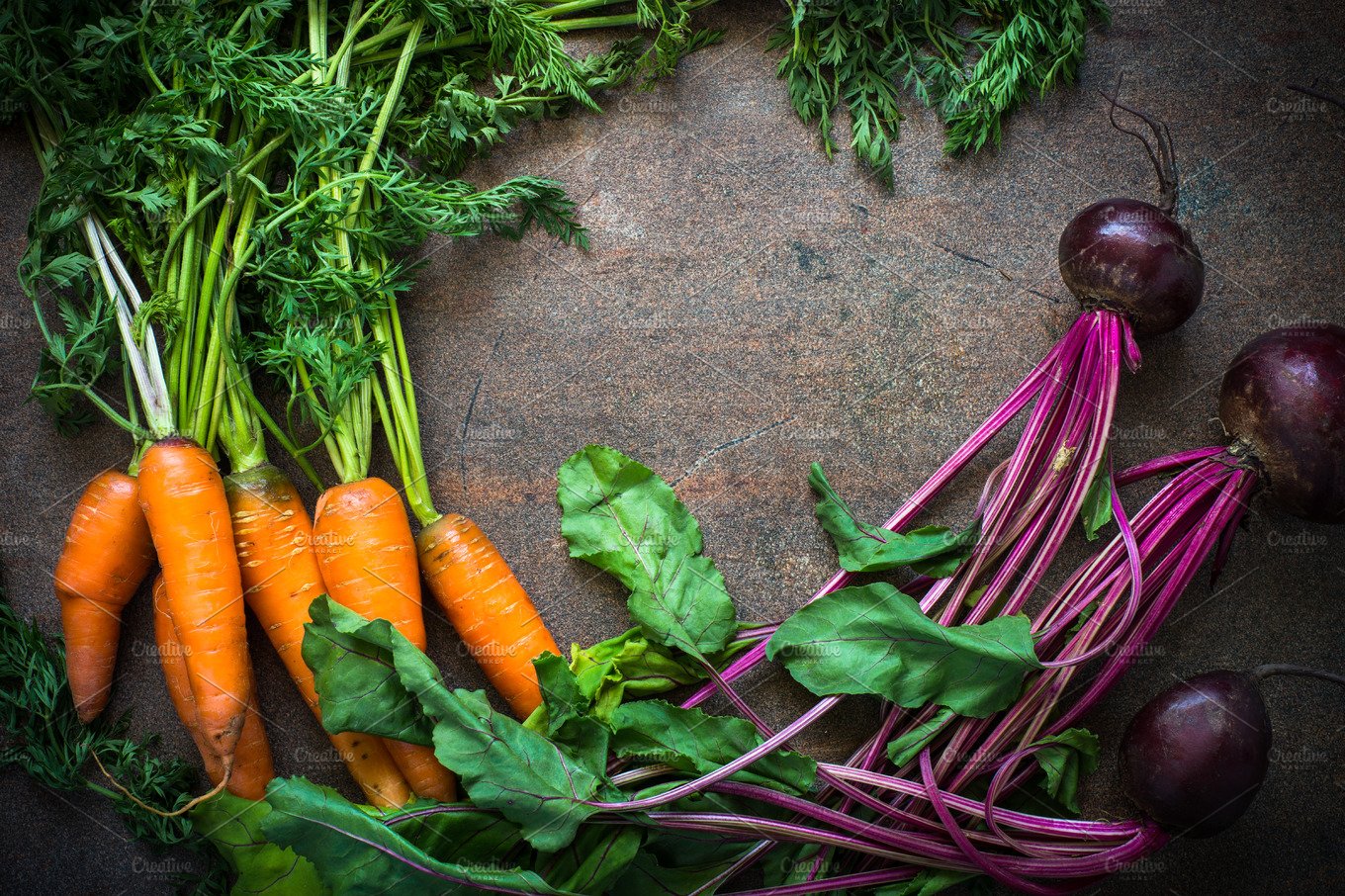
Few example:Broad beans, carrots,
early beetroots, lettuce,
green salad onions,
peas, radish,spinach,
summer cabbage.
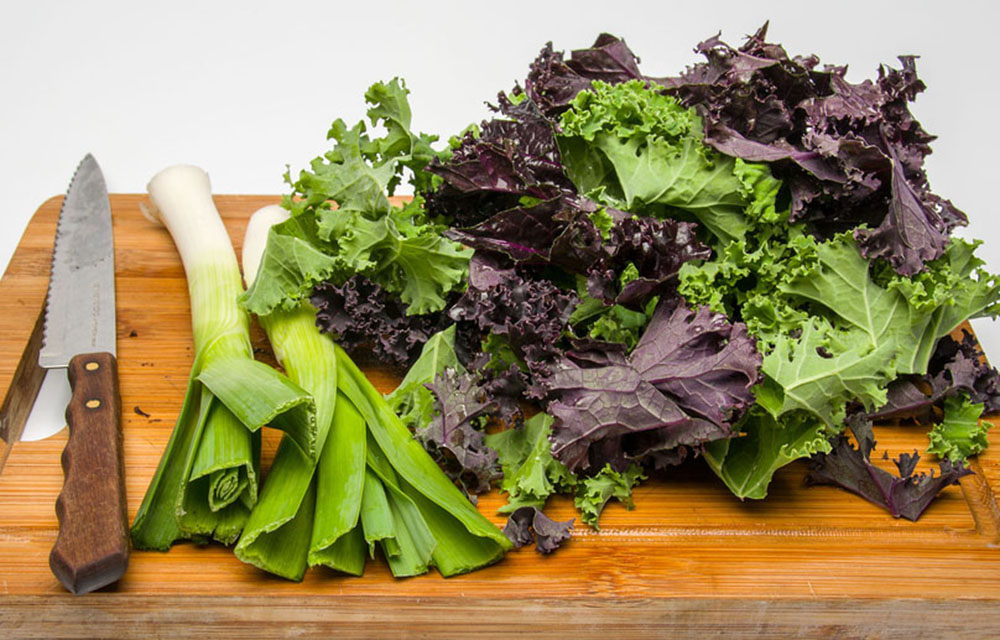
Few example:Brussels sprouts.Kale,
Leeks. Parsnips.br
Purple sprouting broccoli,
Rhubarb. Spring cabbage,
Spring cauliflower.
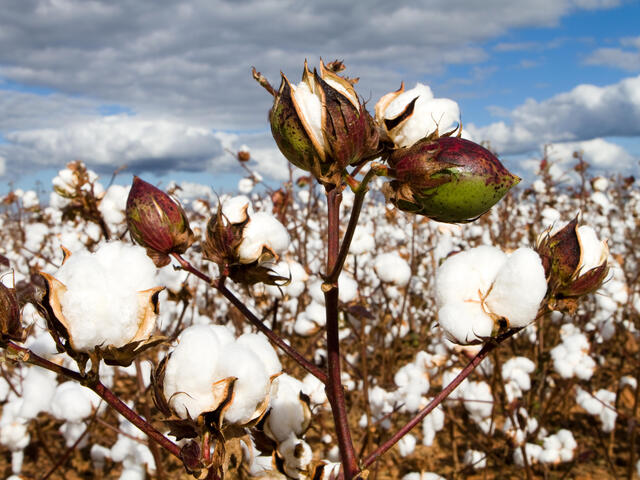
Few example:rice, sugarcane, cotton,
maize, pulses,oilseeds

Few example: Onion,
Pepper, Brinjal
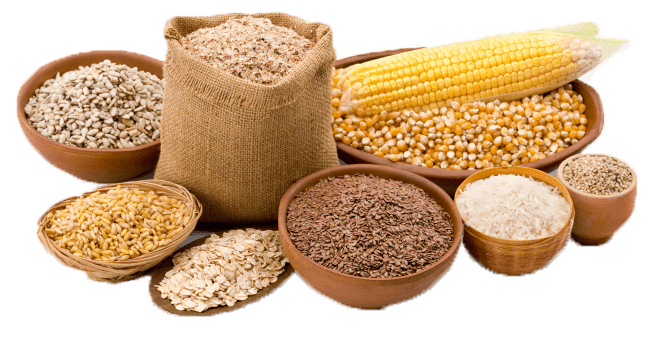
Few example:Rice, maize,
bajra, ragi, soybean,
groundnut, cotton.
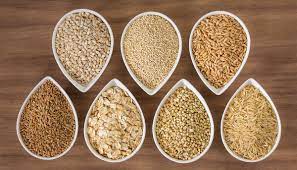
Few example:Bajra. Jowar,
Maize (corn) Millet,
Rice
Soybean.
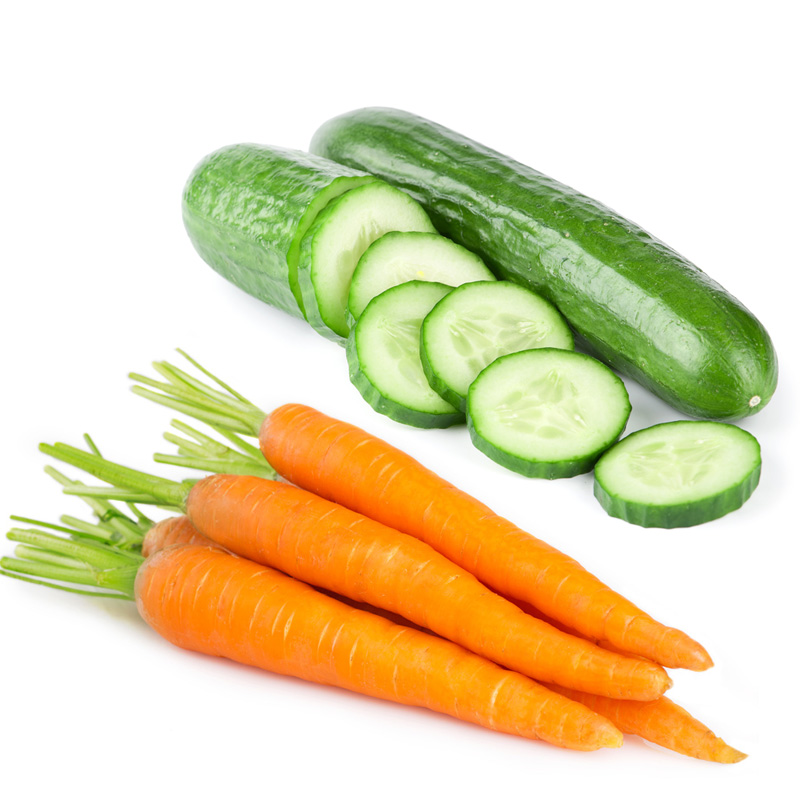
Few example:Garlic, asparagus,
chard, carrot,
cucumber, chicory,
onion, bean.
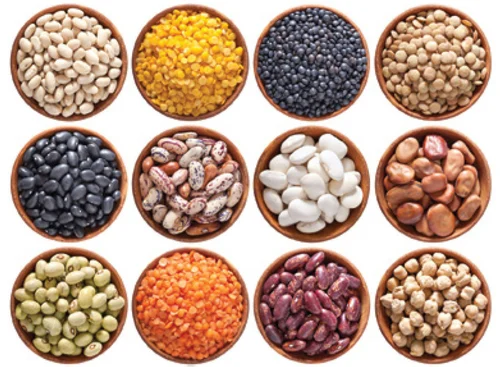
FEW example:maize, jowar,
bajra, tur ,
moong, urad, cotton,
jute, groundnut,soyabean.
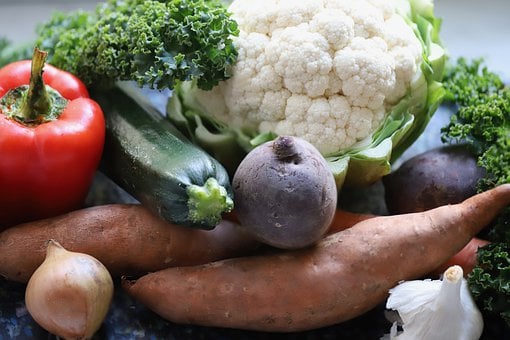
Few Example:Cauliflowers,Beetroots,
Kohlrabi, Kale,
Broccoli,Lettuce,
Radish, Pak Choi.
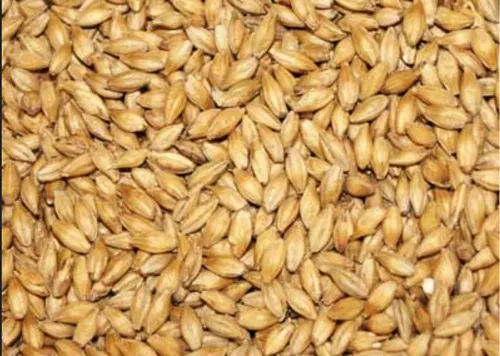
Few example:Barley.Gram,
Rapeseed.Mustard,
Oat.Wheat.Bajra.
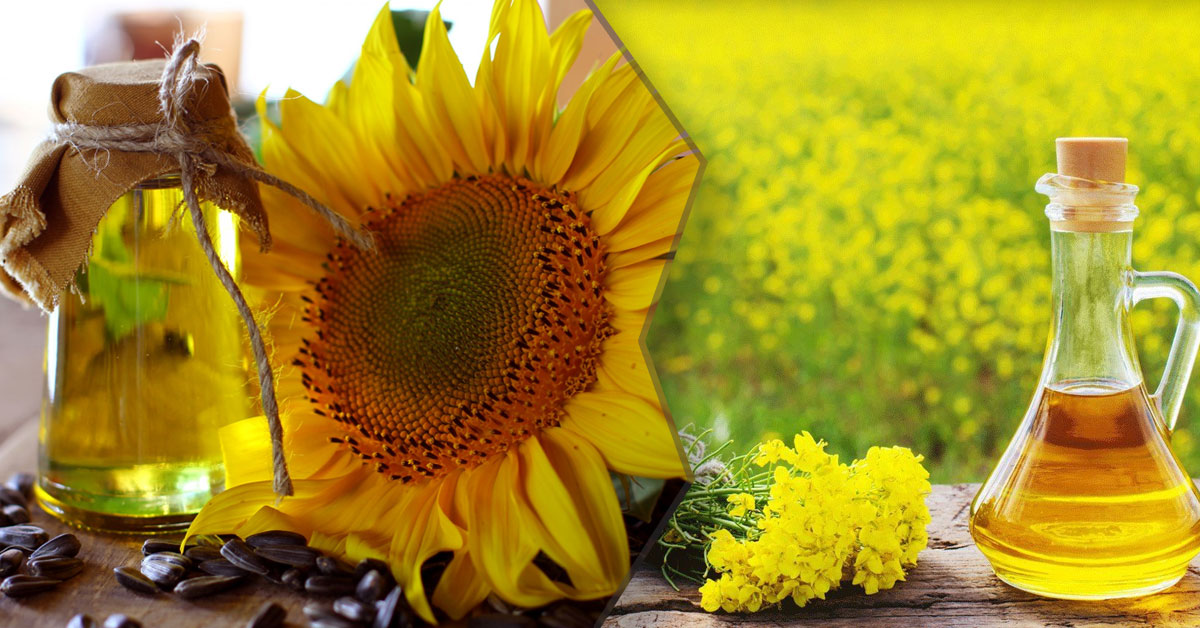
Few example:wheat, barley,
potato, mustard,
chickpea, sunflower
@ all copyright reserved to us